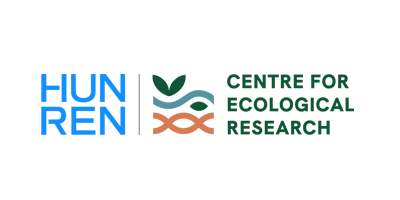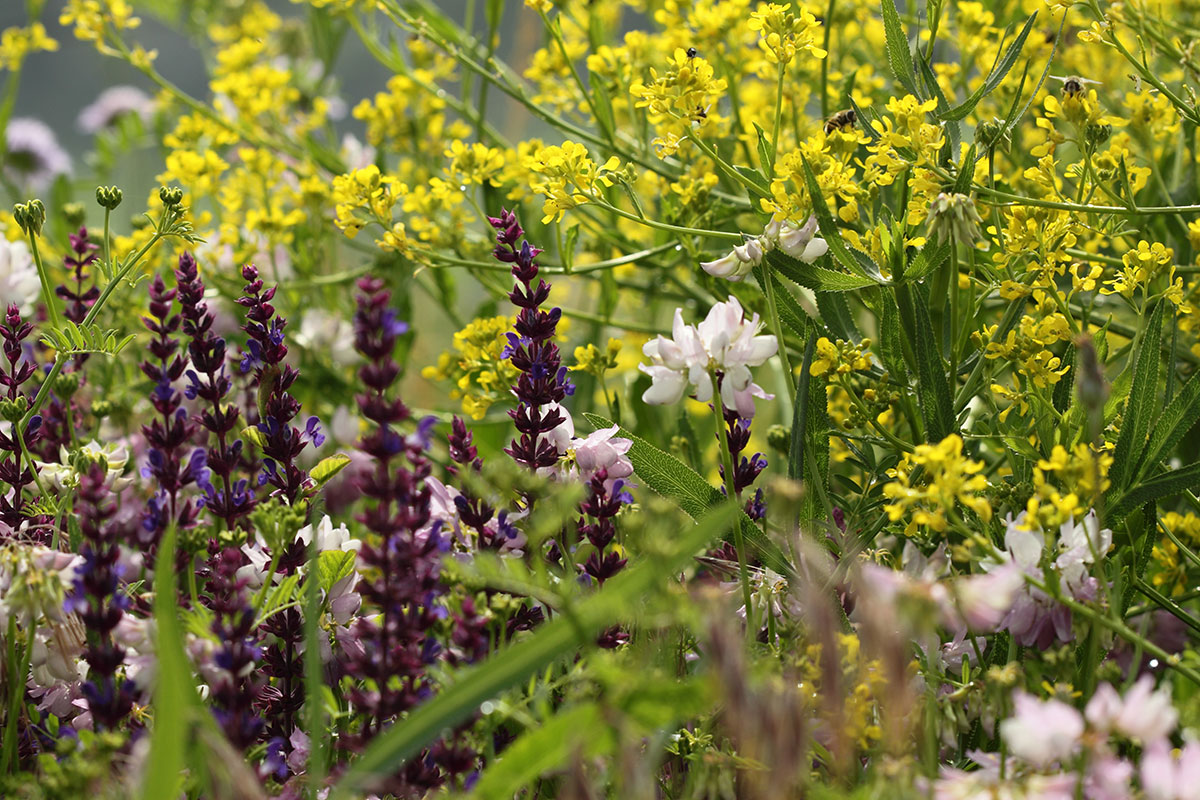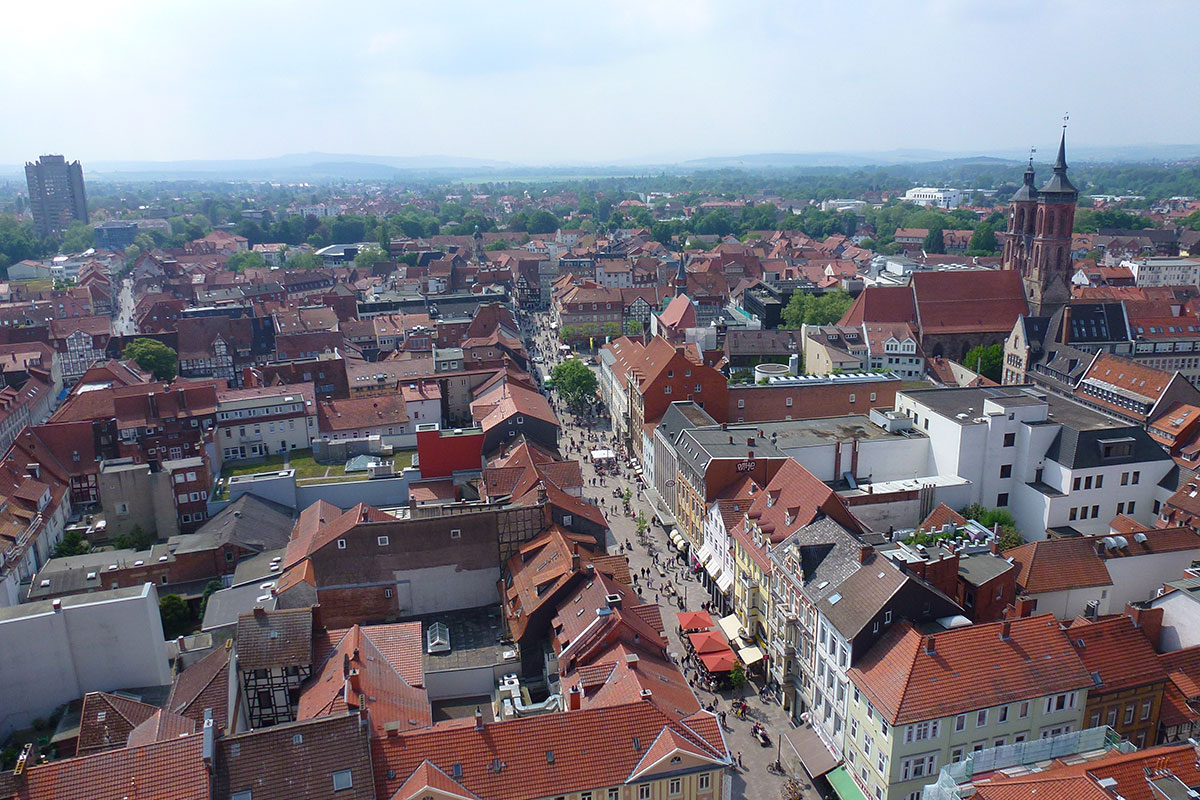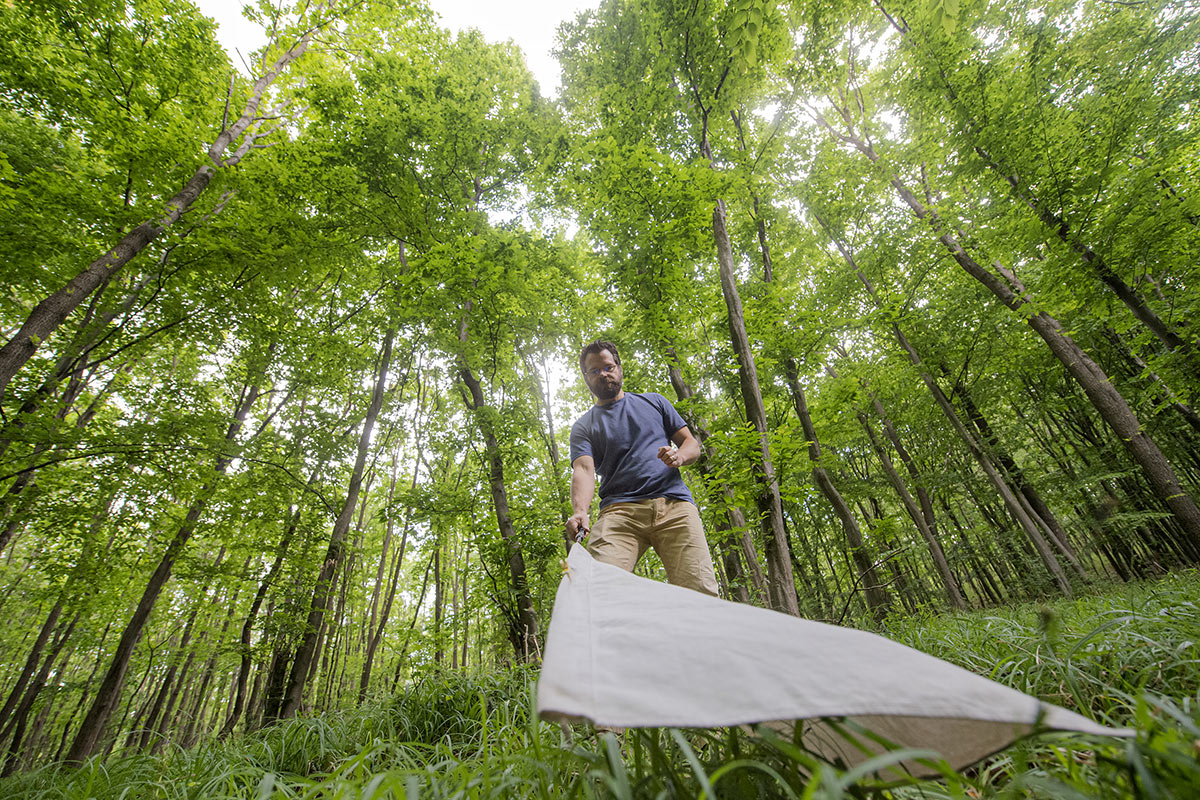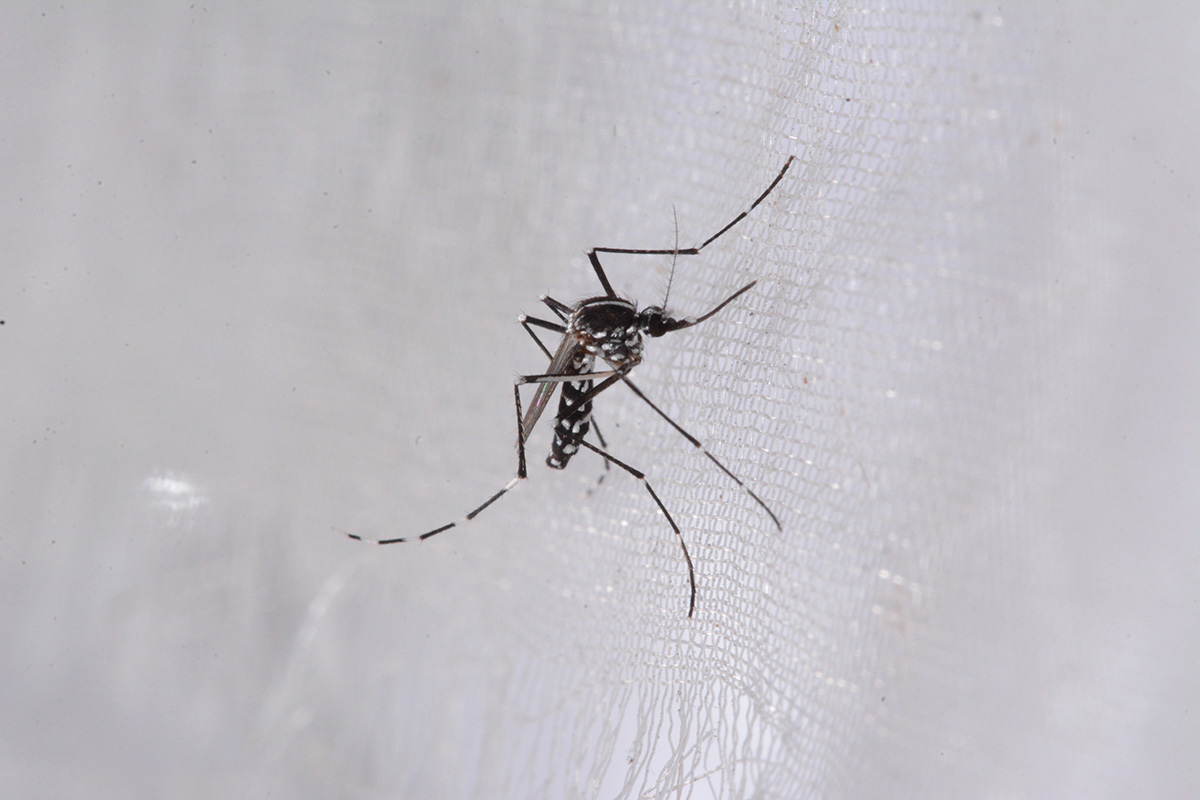Project leader:
Valkó, Orsolya
Participating researchers:
Batáry, Péter; Dobosy, Péter; Felföldi, Tamás; Földvári, Gábor; Garamszegi, László Zsolt; Horváth, ZsófiaIntroduction and problem statement
Today, more than half of the world’s population lives in cities, and this proportion is steadily increasing. Understanding how urban ecosystems function is essential to maintaining and improving urban quality of life and well-being. For city dwellers, these ecosystems are their daily, direct link with the living world and nature. The remaining urban natural habitats, waterfront corridors, small ponds, abandoned areas, managed parks, private gardens, balconies, and roof gardens are essential elements of the urban ecosystem. There is significant biodiversity associated with these habitats. In field studies and meta-analyses, the researchers of this project have found that species numbers of many groups of organisms decline significantly with urbanisation, particularly in the city centres, and that the urbanisation gradient significantly impacts animal behaviour. Urban habitats provide essential ecosystem services such as soil, water and air quality protection and climate regulation. High human population densities raise several water quality and water management issues related to increased water use (e.g. micropollutants, sewer smell).
Cities are home to complex community dynamics between humans and a wide range of living organisms, and urban reservoir hosts, vectors and pathogens pose an increased epidemiological threat to the human population living in cities. The high population density and the central commercial and transport role of cities facilitate the introduction of pathogens and vectors from remote areas and the rapid emergence of human-to-human infections. The heat island effect, especially combined with climate change, helps pathogens, their vectors and reservoir hosts to survive the winter months more easily.
In maintaining green and blue infrastructure and associated biodiversity in cities, the functional connections between habitats are crucial. In cities with well-connected green and blue infrastructure, the impact of urbanisation can be significantly reduced. A key question for this research is how methods developed for the restoration of natural habitats can be adapted to urban environments.
The aim of the research programme
The programme will examine the functioning of urban ecosystems, their human aspects and the interventions needed to maintain and restore their functioning within a coherent framework of three interrelated themes.
1. Exploring the biodiversity of urban habitats and understanding the functioning of urban ecosystems.
Our multi-taxon studies aim to explore the mechanisms that influence the biodiversity and ecosystem services of urban terrestrial and aquatic habitats.
Key research topics:
1.1 Multi-taxon analysis of biodiversity along an urban – suburban – rural gradient.
1.2 Pollinators in cities, biodiversity of flower strips and flower beds, factors influencing the composition and functioning of urban pollinator communities.
1.3 Mapping the biodiversity potential of urban ponds at national level and exploring the factors influencing the plant, animal and microbial communities in ponds.
1.4 Understanding the ecological strategies, conditions, and consequences of adaptation to urban lifestyles, through comparative analysis of the characteristics and behaviour of urban and rural populations.
2. Exploring the links between urban ecosystems and city residents and the human aspects of urban ecosystems.
Cities are home to complex community dynamics between humans and a wide range of living organisms, and human activity fundamentally impacts urban ecosystems. Our research aims to explore the diverse relationships and interactions between humans and urban ecosystems.
Key research topics:
2.1 Urban water supply, water quality, composition, functioning and metabolism in aquatic ecosystems.
2.2 Epidemiology of urban green spaces in relation to the risk of infection by mosquito- and tick-borne pathogens.
2.3 Investigating the human and animal health aspects of urban habitats by analysing national-level datasets collected in citizen science programmes.
2.4 Human-wildlife conflict in the built environment: road ecology studies.
2.5 Improving the quality of food crops for cultivation through the supplementation of deficiency elements.
3. Management and restoration of urban habitats, solutions to maintain and enhance biodiversity and functions of urban ecosystems.
Increasing the size and biodiversity of urban green spaces is a key objective of the EU Biodiversity Strategy. Our research examines how habitat restoration methods and nature-based solutions developed in natural areas can be applied in urban environments.
Key research topics:
3.1 Perspectives for urban green and blue infrastructure development; providing science-based guidance through developing evidence-based management plans.
3.2 Assessing the restoration potential of urban green infrastructure; cost-effectiveness analysis of restoration methods.
3.3 Explore the multi-taxon biodiversity associated with gardens and use the results to produce a science-based practical guide to designing nature-friendly gardens.
The research programme is closely linked to the UN Sustainable Development Goals ‘Good Health and Well-being’, ‘Clean Water and Sanitation’, ‘Sustainable Cities and Communities’, ‘Life on Land’. The results of our research can be integrated into urban green and blue infrastructure planning and urban design strategies.
